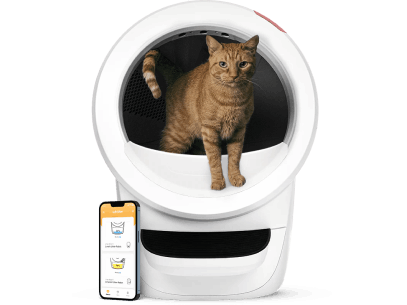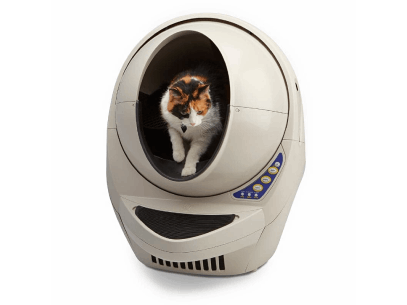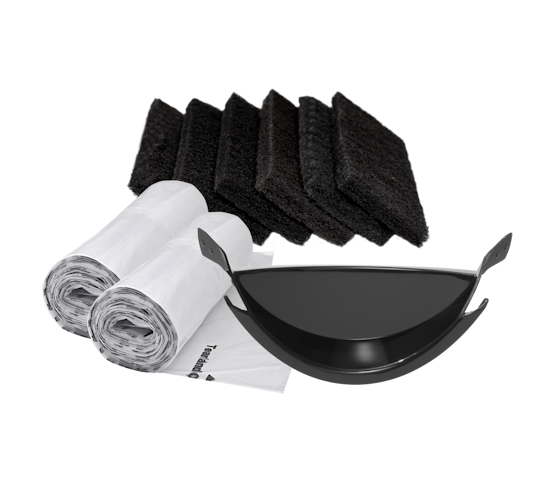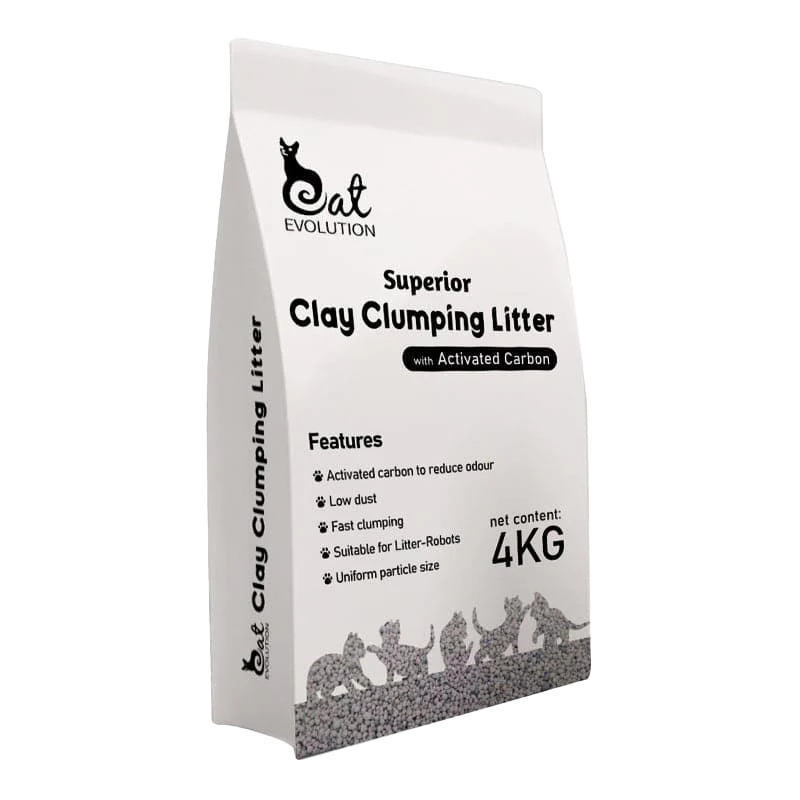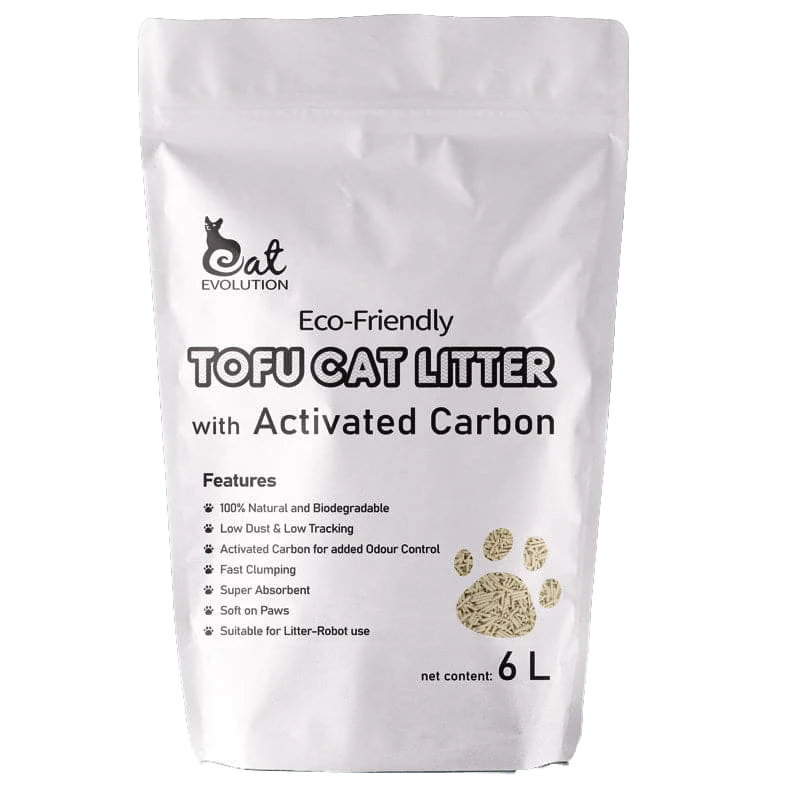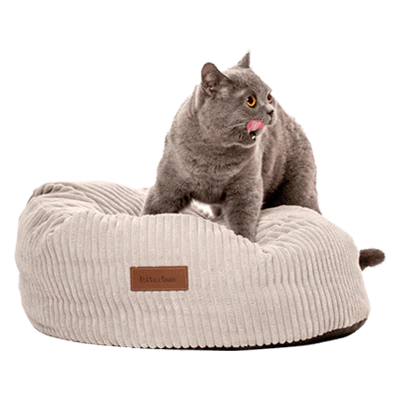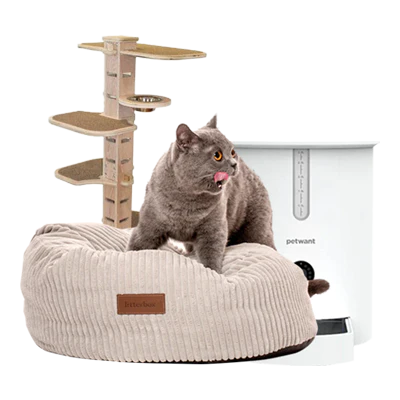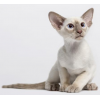Affectionate, understanding, and intelligent - cats make a perfect companion by filling in the emotional void created by the fast-paced and busy life today. But being a cat aficionado with a prevailing toll of allergies is problematic. Approximately 10% of the whole population of the world is said to be allergic to felines. A protein Fel d1 that is produced in the cat saliva is identified as the chief offender. The problem worsens when your feline licks its coat, and the allergens are matted and trapped in the fur. The good news here is, you can still own a pet kitty even if you have particular allergies by carefully considering several factors that influence the production and development of the allergens. The following are the best non-allergenic cats that are an ideal fit as a pet for people that deal with pet-allergies.
Balinese
Named after the poised performers on Bali, an Indonesian Island, the Balinese is often referred to as the "long-haired Siamese" and have an average life span of 18-22 years. This cat breed with its long coat of fur looks like a dubious selectee for the "low allergy cat breeds". But the hypoallergenic aptitude of the Balinese cats is the same as that of the Russian Blue breed - their skin produces little Fel d1 as compared to other cat breeds, thus causing fewer allergic reactions in allergy sufferers.
It is unexplained whether the Balinese is the outcome of a mutation that occurred naturally or a cross between the Siamese and any long-haired breeds such as Persian cats. Balinese cats were bred between the 1940s and 1950s. The Balinese was presented at the Empire Cat Show in New York, under the “Any Other Variety” (AOV) heading and the Cat Fanciers Federation acknowledged the Balinese as a cat breed in 1961. This breed of cats gained popularity and was given the "championship status" by most of the American Cat Associations. When the Cat Fanciers Association (CFA) conferred the Balinese with the same status in 1970, it added to its popularity and standard among the public.
Balinese cats are intelligent, friendly, and a great pleasure to be around. Like their parent breed Siamese, they are recognised for their capability to communicate and interact vocally. Balinese are highly sociable and sensitive to their human's mood. It is said that your Balinese cat will eagerly brighten your mood up by showing affection and with some lively chatter if you're feeling blue and downhearted.
A Balinese Cat is active, sporty and energetic, and enjoys playing with you or their favourite toys. Indulging in the game of fetch, and back and forth ball play, this cat sure knows how to keep itself busy. Your Balinese furball is always ready to walk on a leash and learns tricks real quick. Its highly rational and logical mind naturally propels it to the top of the hierarchy amongst other animals, but it is kind enough not to lord its perfection over them.
You should keep its sharp mind and athletic body busy with a variety of toys. Having a house that is convenient for jumping and climbing may get a genuine concern for a Balinese fancier because cats of this breed are always bustling with energy, therefore, consider getting a big cat tree it can climb. The Balinese is well adapted to indoor life as it gets along well with children and other pets. Although the demeanour of this cat is of self-sufficient and private manner, it is most appeased when being loved by its human.
Oriental Shorthaired:
The Oriental Shorthair originated in England not in Asia despite its bewildering name. Their forefathers were said to be the "Royal kitties" and were owned by the members of the Royal Family of Siam (Thailand). British breeders bred the Oriental Shorthair in the late 1950s and early '60s by crossing the Siamese with Russian Blue and British Shorthair. American breeders soon bred the Oriental by crossbreeding the Siamese with Abyssinian and American Shorthair. The Cat Fanciers Association (CFA) asserted the Oriental Shorthair for enrollment in 1972 and conferred complete Championship status in 1977. It has since become one of the most famous short-haired cats. It is related to the Siamese in body structure but sports many more colours (over 300) and diverse patterns. Some typical characteristic colours include blue, ebony, chestnut, and pure-white, while some popular coat patterns include solid coloured, bi-coloured, and tabby.
With their bat-like large ears, athletic long and slender builds and strikingly brilliant almond-shaped eyes, the Oriental Shorthair truly fascinate with their vision. And though it is not as chatty as the Siamese, the Oriental is still an entertaining mate to have around the house. The life span of these cats ranges from 10-15 years. The Oriental shorthair coat is short, lustrous, and lies close to the body and have proven to be non-allergenic - perfect for people who have certain allergies but want a pet cat. It's nevertheless an excellent habit to groom your pet Oriental regularly to keep dander to a minimum.
The personality of the Oriental is as distinguishing as its coat. Oriental Short-Hair is quite a temperamental cat and loves being the centre of attraction most if not all of the time. If neglected, it will become susceptible and cranky. They are great entertainers, full of energy, and profoundly curious. It may be a little more soft-spoken than the Parent Siamese, but it loves to chat and is never too exhausted to strike up a "dialogue." Your Oriental Short-hair will go to great extents to be involved in your activities, joining you in all your daily chores. This cat will climb up your wardrobes, unlock your drawers, and continuously attempt new tricks. It will stay by your side while you are watching a movie, join in for walks on a leash, and play fetch. Oriental Short-Hair is regarded as one of the most intelligent cat breeds, so you can discipline your pet oriental or teach it several cool tricks. It is great with other pets and children and therefore is thought to be one of the perfect indoor cats.
Devon Rex:
An eye-catching breed that is still in its cradle may seem it has just landed on Earth on an alien spaceship but is a genetic mutation. This breed originated when a Miss Cox found that a stray cat had given birth to a rather odd-looking curly-haired kitten in Devonshire, England, in the late 1950s. Delighted with the kitten's elfin features and curly locks, she named it Karlee – the creator of this new and unique breed. Mother Nature conceived the feline oddity, this agile and entrancing pixie kitten. A man had no hand in the mutation, but did step in and make it possible for the variation to thrive and last, offering cat admirers around the Earth the chance to meet, love, and be admired by one of the mother nature's true marvels – the Devon Rex cat.
The Devon Rex has an exotic image and an ethereal aura and lives for around 9-15 years. The head is angular, and the vast "window-to-the-soul" eyes. The nose is well defined underneath the eyes, and the ears are notably satellite-dish large, set low on the head with a broad centre. These butterfly-like ears, accompanying the other discrete facial features, give Devon Rex looks similar to an elf or a pixie.
The smooth and wavy coat on the Devon Rex is also unusual. The Devon has both shorter and less fur of the two Rex cats. It sheds very little and is more Hypoallergenic than its variant Cornish Rex. Many Devon cats lack fur-hair in some parts of the body, particularly those areas where they can lick to clean themselves. The coat is frail, and even a little more than required grooming can cause the fur-hair to crumble off altogether. These cats also usually have broken whiskers because the whiskers are too fragile. Your Devon Rex will need to have its paw pads and ears cleansed of oil build-up regularly, but would not require daily baths like its variant Cornish Rex. These cats come in a comprehensive and broad array of patterns including, solid coloured, bi-coloured, shaded, tabby, and spiked patterns.
They've been known to snuggle up with you at bedtime and wake you in the morning with purrs of love. And as they shed less than other breeds, you can cuddle back without fear of covering yourself in kitty fur. It will shower its human with care and affection when he is around, and stay out of trouble when its human is off to work. Your Devon Rex will win its place in your home and your heart. It proves to be an excellent indoor cat as it is independent enough to be the perfect pet for working families with hustling schedules. For those looking for a unique, tender, and affectionate mate, the Devon Rex is an ideal fit.
Bonus: LaPerm Cats
Speedy - a brown, sturdy barn tabby delivered a litter of kittens in Dalles, Oregon, in the late 1980s. One of them was bare-skinned and bald, with a classic tabby blueprint on its skin, and large ears that were spaced wide apart. It looked nothing like its littermates and resembled a little alien from outer space, manifesting the traits of the original mutation that has set the basis for the LaPerm breed. The "unique" kitten began to develop its fur within eight weeks; it was soft and wavy- different from its mother kitty and sibling kittens. By three to four months, Curly - the name given to the kitten because of its curly fur by its owner Linda Koehl, had grown a full coat of curled and coiled hair that felt very soft to touch. Not being educated about genetics and mutations, Linda accepted the "mutant" as different and thought nothing else of the subject and let it roam free in the barn. Curly ultimately produced its own kittens by multiple male cats, which included a Manx and a Siamese. All of the kittens shared their mother's curly coat, the result of a predominant "curly fur" gene. Geneticists discovered that the cats were distinguished and finally, status as a breed was solicited for the cats with curly coats. LaPerm obtained recognition from The International Cat Association in 2002. The average lifespan of LaPerm cats is around 10-15 years. Image Source: Google Images
The Cat Fanciers Association also acknowledged this different breed of cats. LaPerms are bred with non-pedigreed domestic shorthairs and longhairs to maintain their genetic diversity. Their ringlet type fur is easy to handle and can be easily groomed using a brush with moving bristles. Mist the coat with a bit of water or fluff it with wet hands to unwind the curls. Their coat sheds a little which is further lessened with regular brushing. Daily dental hygiene is recommended, and it is advised to go for a weekly grooming session to keep it looking curly best.
LaPerms are tender, loving, and moderately active cats that enjoy playing fetch. This cat will oftentimes follow around its human; if your LaPerm is busy playing and you decide to sit and rest, pick it up, and it will stay in your lap, devouring the attention you give it. The LaPerm is quite content to be a lap cat. Although LaPerms purr as soon as they become aware of your presence and seek connection with their humans, these cats are not clingy. They will sit on the top of your laptop, around your shoulders or in your lap, whichever is most comfortable for them without bothering your business. Inquisitive and curious by nature and your LaPerm will always want to know what is going on around it. It will reach for your face with paws and rub its face against your head and neck as a token of love and affection towards you. When left alone, you would find it looking around to get a new toy to play with or opening doors with its paws. The LaPerms are quite pleasant to live with. They seldom use their voice to communicate and are patient with people. LaPerms are the perfect companions as they are welcoming and get along with the kids and other cat-friendly pets really well.
There are several types of research that prove giving regular baths to your pet kitty can help eliminate up to 84 per cent of subsisting allergens and reduce future reproduction. Some vets insist that using distilled water while bathing your kitty may also reduce allergen levels. If you're allergic to cats, the bathing process is best left to other family member or a pet groomer. Washing your cat's favourite toys and its bedding at least once a week also minimizes the number of allergens wafting around.
Adopting a "hypoallergenic" or a low-allergy cat may not be the solution or cure to your allergies, you will still have to take precautionary measures. Once you own a cat, there are steps you can take to reduce allergens whether your cat is hypoallergenic or not. Try spending time with a cat of the same breed you're drawn towards and see if your allergies persist. Keep it in your mind that not a single cat breed is completely non-allergenic but getting a cat of the hypoallergenic breed may lessen and cut down on the adverse reactions.
